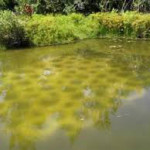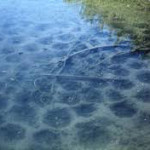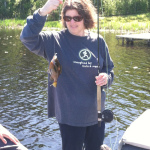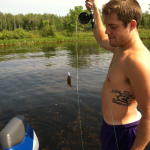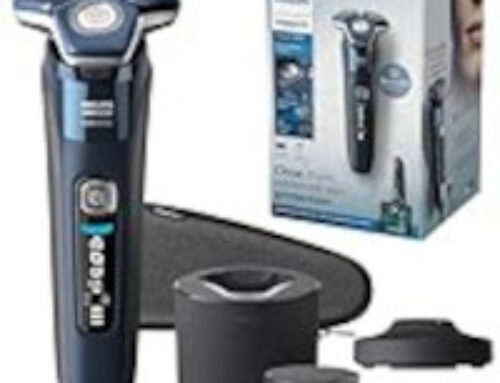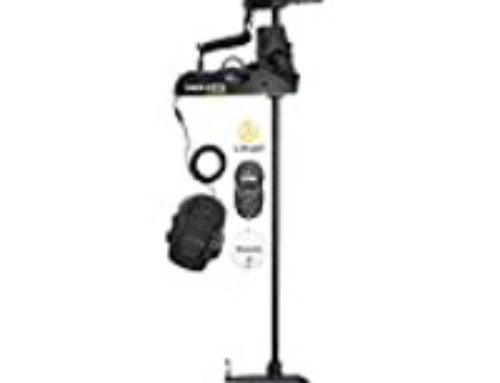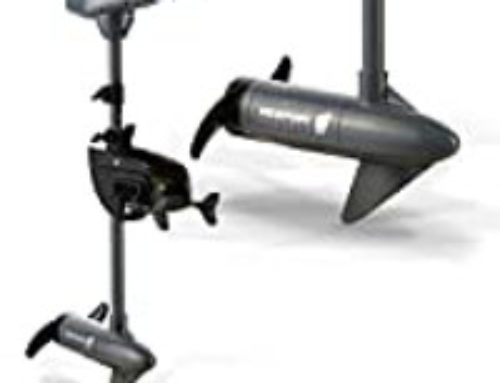How To Fish For Bluegills
If you enjoy fishing for bluegills, but have not tried fly fishing, then you are missing out. The fly fishing season is in the spring, when the Bluegills are on the spawning beds. The beds are typically near the shoreline in less than a foot of water. I like to cruse the shoreline slowly, when you can see through the water clearly, to find the beds. Once you find them they will return year after year in the same area.
How Do Bluegills Spawn Or lay Eggs?
The Males begin the process by forming the beds. They do this by fanning in a circle and pushing the sand outward, leaving a small gravel base. The beds are approximately the size of a large paper plate and there could be anywhere from a couple up to a hundred. I typically see around 30 to 50 in a good set of beds. Mean while the Females are just waiting a few feet out, in deeper water.
After the Males have created the beds, and the Females are ready to lay their eggs, the Females take over. They stay on their beds until the eggs are laid. At this point the Males are just off in deep water waiting for the Females to be done.
Once the Females are done laying the Males take the beds over again, fertilizing the eggs, and protecting the beds until the hatch.
What Bait To Use for Catching Pan fish – Catching Bluegills
During the spawning process the action is incredible, that is for dry flies (rubber spiders or poppers). A bobber and worm may catch a few, but it would be 10 to 1 for the dry fly. Also, if you prefer as I do, you can release the Females and keep a few of the larger Males. If it concerns you by taking the Males off the beds, do not worry another waiting Male will take its place. Learn how to make your own dry spiders.
Buying A Fly Rod For Catching Bluegills.
If you are new to fly fishing you can buy a cheap kit that includes the reel, rod, and fly-line. Tie a 5 ft length of mono-filament line (4 lb) unto the fly line. Add a fly (spider) and you are ready. It does take practice to use a fly rod, but for Bluegills, you can be 15 ft away and they will still bite. So you don’t have to be an expert to enjoy the action and a good meal.

How To Prepare Your Fly Rod
This video will show step by step on how to prepare your fly rod for the start of the Bluegill season.
Learning How To Use a Fly Rod
To practice on a fly rod, take a split shot sinker and tie it, instead of a dry fly, to the end of your mono-filament line. Go to the backyard, away from any structures to practice. Start with 15 feet of fly line straight out in front of you. Take the fly rod, and with your wrist snapping up and your arm moving to 12 O’clock, whip the line behind you. Now delay going forward for a second, to allow the line to get 80% or more behind you. Now begin to whip your arm forward to the 9 O’clock position, and as you are going through the 10 O’clock position whip your wrist forward. As you get the timing down your skill will increase quickly. Newcomers to Fly Fishing can usually handle up to 15 ft the first season, once you have mastered the casting, you can toss fly line from 30 feet and up depending on the Rod and Line. Here is a young lady using a fly rod for the first time and having fun catching fish.
The size of Bluegills you can catch will vary. A favorite saying for some fly fishermen is “You have to be good to catch them this small”.

